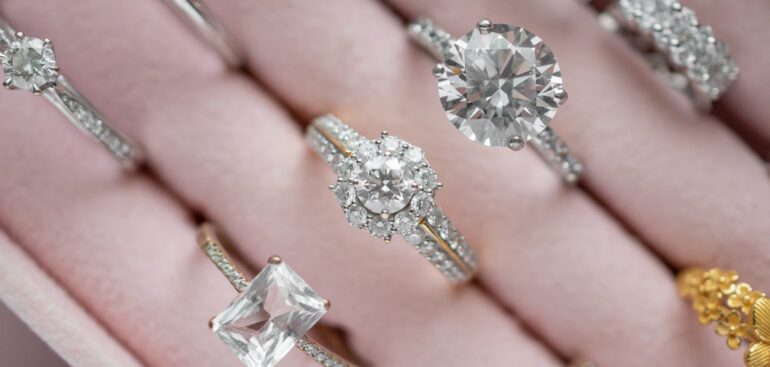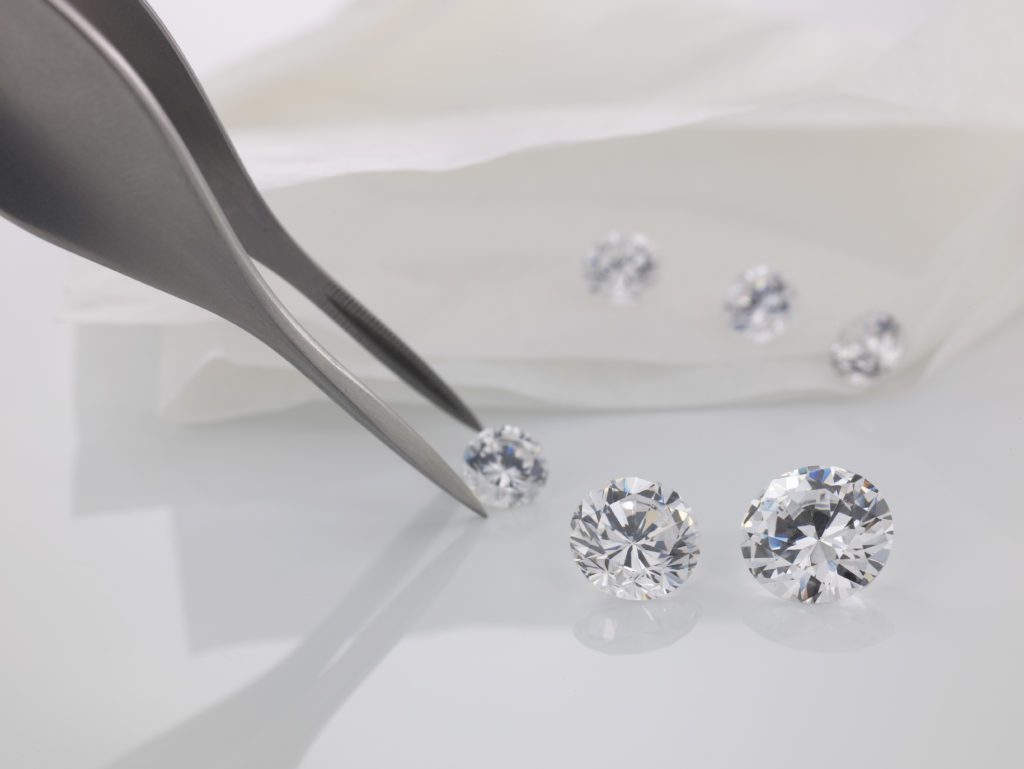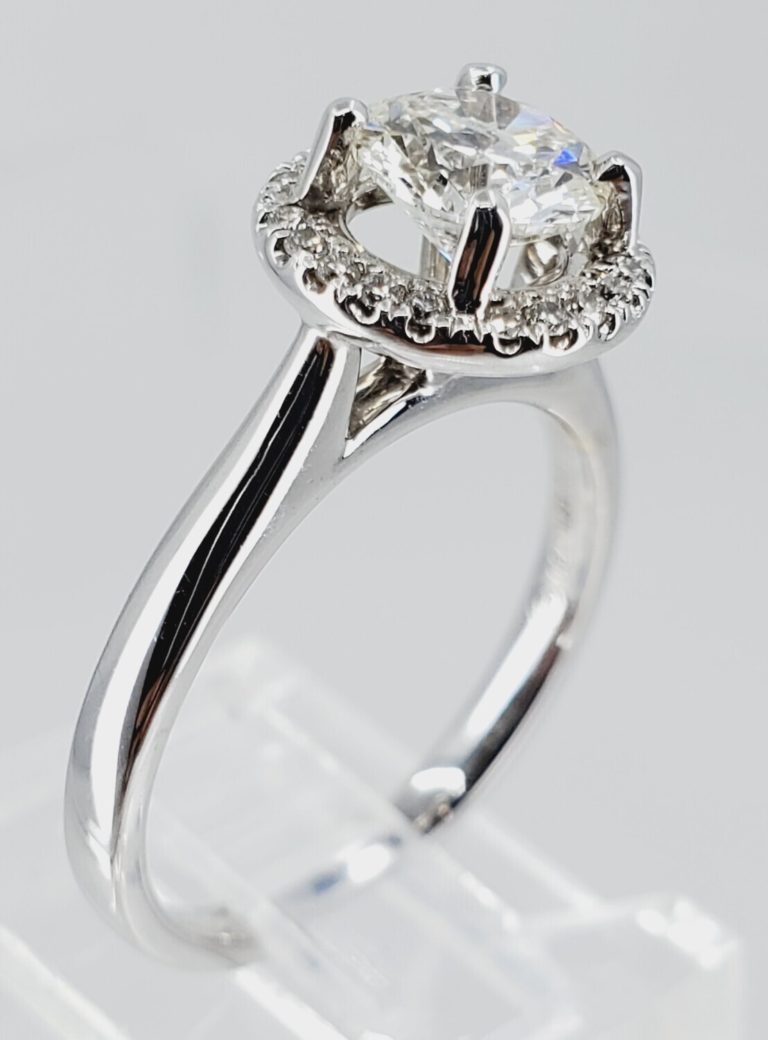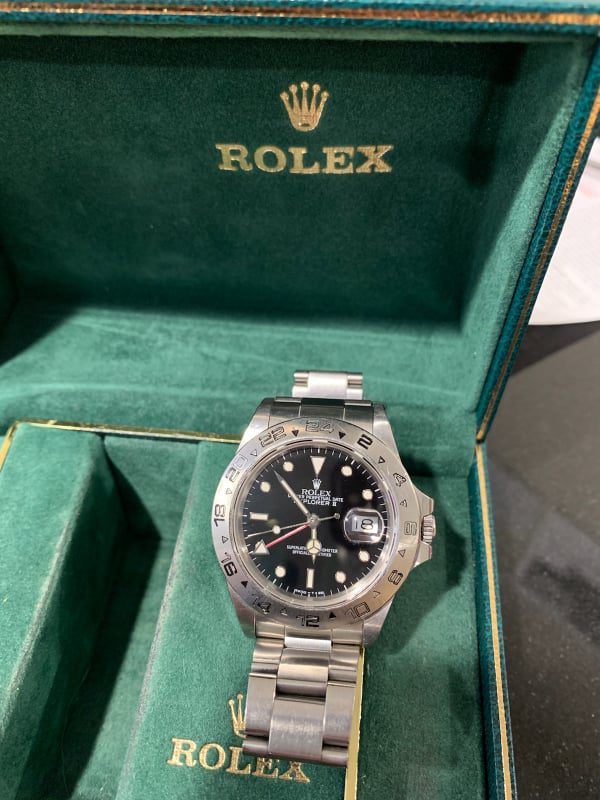In today’s fast-paced financial world, life’s unexpected expenses can hit us like a bolt from the blue, leaving us scrambling for solutions. Whether it’s an urgent medical bill, a sudden car repair, or any other unforeseen financial demand, access to quick and reliable solutions becomes paramount. In these moments of uncertainty, pawn loans are a reliable lifeline for individuals seeking immediate financial assistance. Despite common misconceptions, pawn loans offer a safe and convenient avenue to access cash without the hassle of credit checks or lengthy approval processes. In this comprehensive guide, we’ll delve into why choosing a pawn loan ensures safety, but also unparalleled convenience, shedding light on the extensive benefits and processes involved.
At R&J Jewelry and Loan, you can rest assured, knowing you are in the right place to secure fast cash. They accept all types of luxury items and will give you the cash you need in minutes.
Understanding Pawn Loans
Before we dive into the safety and convenience aspects, let’s first grasp the fundamentals of a pawn loan. A pawn loan operates on a simple principle: borrowers pledge personal items of value, such as jewelry or watches, as collateral in exchange for a cash loan. Unlike traditional loans, pawn loans do not require a credit check or proof of income, making them accessible to individuals from all financial backgrounds.
Safety Measures in Pawn Transactions
Ensuring the safety and security of pawn transactions is a top priority at R&J Jewelry and Loan in San Jose, CA. Here’s a glimpse into the measures we take to safeguard your interests:
Licensed and Regulated Operations: R&J Jewelry and Loan operates within the legal framework set by local and state regulations. As a licensed pawnbroker, we strictly adhere to guidelines governing pawn transactions, ensuring compliance with all legal requirements. This regulatory oversight provides an added layer of protection for both borrowers and lenders, minimizing the risk of fraudulent activities.
Secure Storage Facilities: Once you pledge an item as collateral for a pawn loan, it’s housed in our state-of-the-art facilities. Equipped with advanced security systems, including surveillance cameras, alarms, and secure vaults, our storage facilities are designed to protect your valuables from theft or damage throughout the loan period.
Transparent Terms and Conditions: Transparency is the cornerstone of our pawn loan process. Before finalizing a pawn transaction, we provide clear and concise terms and conditions. This includes details such as interest rates, repayment terms, and any associated fees. Our aim is to ensure that borrowers have a comprehensive understanding of their obligations, empowering them to make informed decisions.
Compliance with Privacy Laws: Respecting your privacy is non-negotiable for us. We strictly adhere to all privacy laws and regulations, ensuring the confidentiality of your personal information. Whether it’s handling sensitive financial data or maintaining the confidentiality of pawn transactions, we take every measure to safeguard your privacy rights.

Convenience of Pawn Loans
Apart from being safe, pawn loans offer unmatched convenience for individuals in need of immediate financial assistance. Here’s why opting for a pawn loan with R&J Jewelry and Loan is a highly convenient choice:
Instant Access to Cash: Pawn loans provide swift access to cash upon acceptance of the loan offer. Unlike traditional loans that involve lengthy approval processes, pawn loans offer a quick turnaround time, making them ideal for emergencies or unexpected expenses requiring immediate financial assistance.
No Credit Checks or Income Verification: Traditional lenders often subject borrowers to rigorous credit checks and income verification processes. In contrast, pawnbrokers like us at R&J Jewelry and Loan don’t require such documentation. Whether you have a poor credit history or irregular income streams, you can still qualify for a pawn loan based solely on the value of your collateral.
Flexible Repayment Options: We understand that everyone’s financial situation is unique. That’s why we offer flexible repayment options tailored to your needs. Whether you prefer a short-term repayment plan or need the flexibility to extend the loan term, we work with you to find a solution that fits your budget and financial goals.
No Impact on Credit Score: Since pawn loans are collateral-based, they don’t affect your credit score. Unlike traditional loans that may impact your creditworthiness and future credit eligibility, pawn loans offer a discreet way to access cash without risking damage to your credit profile.

What is a Collateral Based Loan?
A collateral-based loan, often referred to as a “secured loan,” is a type of loan where the borrower pledges an asset as collateral to secure the loan. This collateral serves as a form of security for the lender, reducing their risk if the borrower defaults on the loan. The pledged asset can vary widely depending on the type of loan and lender’s requirements, but common examples include designer watches, diamonds, jewelry, gold, luxury items, or other valuable possessions.
The collateral guarantees the lender can seize and sell the asset to recover the loan amount if the borrower fails to repay the loan according to the agreed-upon terms. This reduces the lender’s risk, making secured loans less risky for lenders compared to unsecured loans, where there is no collateral involved.
One of the key benefits of collateral-based loans is that they often come with lower interest rates compared to unsecured loans because of the reduced risk for the lender.
Additionally, secured loans may be more accessible to individuals with lower credit scores or those who may have difficulty qualifying for unsecured loans due to their credit history.
It’s important for borrowers to carefully consider the terms and conditions of collateral-based loans before proceeding. Failure to repay the loan can result in the loss of the pledged asset, so borrowers should only pledge assets they are willing to part with if necessary.
However, when used responsibly, collateral-based loans can be a valuable financial tool for accessing funds at more favorable terms than other types of borrowing.

Choosing a pawn loan with R&J Jewelry and Loan in San Jose, CA, provides a safe, secure, and highly convenient solution for individuals facing financial emergencies. With our commitment to safety, transparency, and privacy, you can trust us to provide a secure lending experience. Whether you need cash for a medical emergency, home repairs, or any other unexpected expense, consider the safety and convenience of a pawn loan with R&J Jewelry and Loan.








